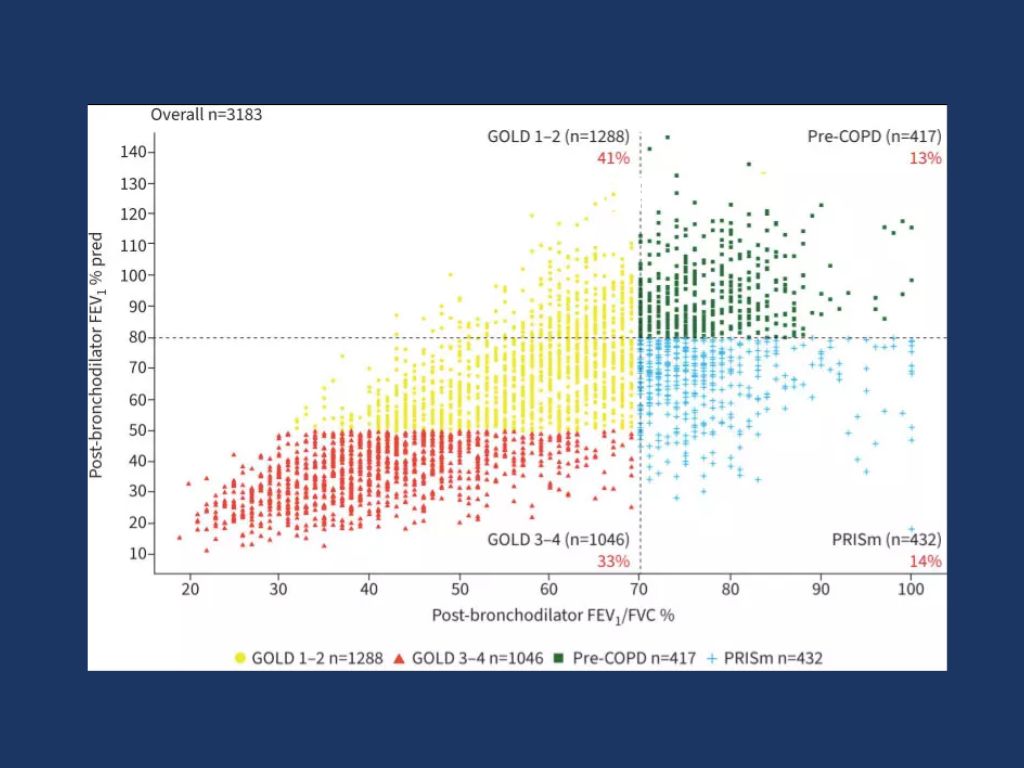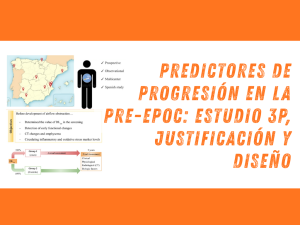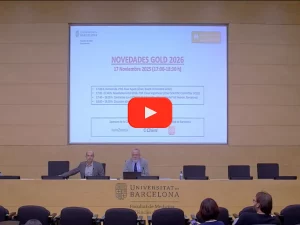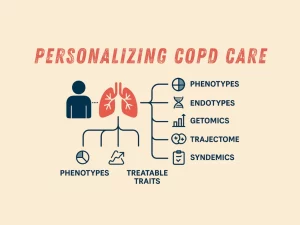The many faces of COPD in real life: a longitudinal analysis of the NOVELTY cohort

The diagnosis of COPD requires the demonstration of non-fully reversible airflow limitation by spirometry in the appropriate clinical context.
Yet, there are patients with symptoms and relevant exposures suggestive of COPD with either normal spirometry (pre-COPD) or preserved ratio but impaired spirometry (PRISm).
Their prevalence, clinical characteristics and associated outcomes in a real-life setting are unclear.
To investigate them, we studied 3183 patients diagnosed with COPD by their attending physician included in the NOVELTY study (clinicaltrials.gov identifier NCT02760329), a global, 3-year, observational, real-life cohort that included patients recruited from both primary and specialist care clinics in 18 countries.
We found that:
- Approximately a quarter of patients diagnosed with (and treated for) COPD in real life did not fulfil the spirometric diagnostic criteria recommended by the Global Initiative for Chronic Obstructive Lung Disease (GOLD), and could be instead categorised as pre-COPD (13%) or PRISm (14%);
- Disease burden (symptoms and exacerbations) was highest in GOLD 3-4 patients (exacerbations per person-year (PPY) 0.82) and lower but similar in those in GOLD 1-2, pre-COPD and PRISm (exacerbations range 0.27-0.43 PPY);
- Lung function decline was highest in pre-COPD and GOLD 1-2, and much less pronounced in PRISm and GOLD 3-4;
- PRISm and pre-COPD were not stable diagnostic categories and change substantially over time; and
- All-cause mortality was highest in GOLD 3-4, lowest in pre-COPD, and intermediate and similar in GOLD 1-2 and PRISm.
Patients diagnosed COPD in a real-life clinical setting present great diversity in symptom burden, progression and survival, warranting medical attention.
Puedes leer el artículo completo aquí: https://pubmed.ncbi.nlm.nih.gov/38348246/
Autores: Alvar Agustí, Rod Hughes, Eleni Rapsomaki, Barry Make, Ricardo Del Olmo, Alberto Papi, David Price, Laura Benton, Stefan Franzen, Jørgen Vestbo, Hana Mullerova
Noticias relacionadas

Predictores de progresión en la pre-EPOC: estudio 3P, justificación y diseño
Conoce el estudio 3P que analiza los factores que predicen la progresión de la pre-EPOC a EPOC en fumadores con espirometría normal.

Vídeo de la Presentación de las Novedades GOLD 2026
Video de la presentación «Novedades GOLD 2026», en el que se trataron, entre otros aspectos: cambios en diagnóstico de la EPOC, tratamiento, comparativa con GESEPOC, etc.

Personalizing COPD care: phenotypes, endotypes, GETomics, the the trajectome, syndemics and treatable traits
Discover how personalized COPD care integrates phenotypes, endotypes, GETomics, trajectome, syndemics, and treatable traits to improve patient outcomes.
Artículos
COPD
- 759578·Alberto Papi et Al.-Relationships between symptoms and lung function in asthma and/or chronic obstructive pulmonary disease in a real-life setting: the NOVEL observational longiTudinal studY
- 759785·Richard Beasley et Al – Prevalence, Diagnostic Utility and Associated Characteristics of Bronchodilator Responsiveness
- 759788·Alvar Agustí, Rod Hughes, Eleni Rapsomaki, Barry Make, Ricardo Del Olmo, Alberto Papi, David Price, Laura Benton, Stefan Franzen, Jørgen Vestbo, Hana Mullerova – The many faces of COPD in real life: a longitudinal analysis of the NOVELTY cohort
- 759883·Alberto Papi, Rosa Faner, Ian Pavord, Federico Baraldi, Vanessa M McDonald, Mike Thomas, Marc Miravitlles, Nicholas Roche, Alvar Agustí. – From treatable traits to GETomics in airway disease: moving towards clinical practice
- 768799·Surya P Bhatt Richard Casaburi Alvar Agusti et Al. Chronic obstructive pulmonary disease: hiding in plain sight, a Statement from the COPD Foundation Medical and Scientific Advisory Committee
Imagen obtenida en artículo original.
